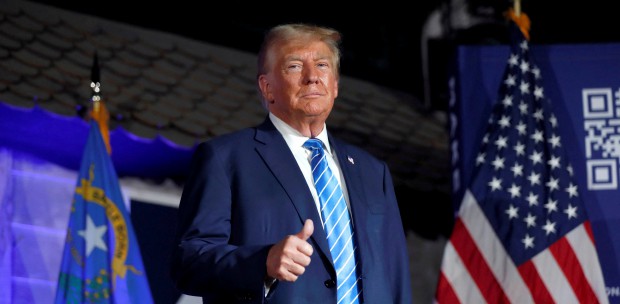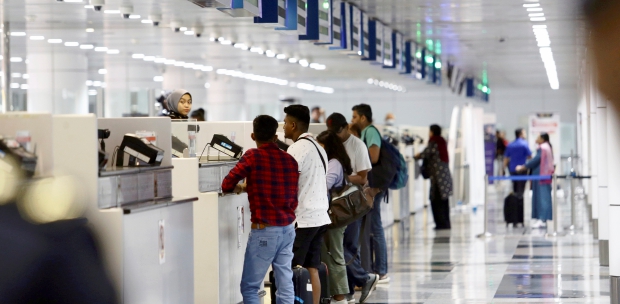Covid-19 is a ferocious pandemic. Physical barriers could neither contain nor mitigate it. Minimising cross-border travel ban and restriction as well as putting self-isolation or quarantine (forcefully or voluntarily) in place are presently the most practical measures to contain the spread.
On 15 February, I argued the outbreak is being intensified by globalisation, especially cross-border travellers. There were 1.4 billion international travellers in 2018. Disregarding repeated travellers, the size is almost 20 per cent of the world population. I rely on simple calculation to justify why quarantine and international travel restriction improve the prevention of the outbreak.
Two hypotheses. That deaths are directly related to infected cases, and international travellers influence the number of registered infected cases.
I hypothesise Covid-19’s cross-border outbreak is influenced by international travellers. They potentially become carriers of coronavirus regardless of positive or negative results after tested by professionals in medical/public health facilities. I conducted two analysis.
The first one uses the data set from 18 countries where infection cases are prevailing. The result explains about 0.2 per cent rise in inbound travellers causes 1 percent rise in infected cases. This result suggests in these 18 countries 1,050 infected persons were caused by nearly 1,150 international inbound travellers.
From another perspective, at least statistically speaking, from now on every 1,150 additional increments in inbound tourists will cause about 1,000 infected cases in those 18 countries.
The second calculation assumed a formula that approximates to “epidemic curve”, which is a bell-shape curve. The analysis dealt with infected cases and death cases. The finding shows 0.6 percent reduction of death cases reduces 1 percent of infected cases. This relationship is the function of time in epidemiology. Hence, one can always assumes that time is the proxy of international inbound travellers.
This is consistent to the analytical result, viz., 0.6 per cent reduction of international inbound tourists brings down 1 per cent of infected cases, which in turn cuts down the number of deaths. To put it into specific perspective, if inbound tourists were reduced by 50 times, then 3 per cent reduction in inbound tourists reduces 50 per cent of infected cases.
From these results, the question to ask is how long will it take? The answer depends on how to determine specific size of inbound tourists (viz., 100 people or a specific multiple of 100) in a definite time frame (e.g., 14 days, 28 days or a specific multiple of 14). The size of inbound tourists and the forced quarantine — i.e., social distancing — requirement are mutually inclusive. Forced quarantine in a host country in reality reduces the size of inbound travellers.
This approach means the responses are smoothening out the “epidemic curve” to a similar shape of bell curve but with a lower average and larger value in standard deviation. In other words, the registered infected will be fewer. For this purpose, it is inevitable it takes a longer time for an effective prevention, if not the elimination of Covid-19.
The results explained above present the following actions. The first response is to instill voluntarily isolation or forced quarantine in a country. The second action, in tandem with the first, is to impose a travel ban or a strict restriction of international travel between countries.
The calculations are consistent with the current actions and practices being undertaken in most of the affected countries. This effort ought to endure until and unless effective vaccine(s) or medicine(s) are made available hopefully at the end of 2020, if not in the second quarter of 2021.
In a democratic country, like ours, these actions are not easy but they are politically and practically doable. People at large in the society undoubtedly feel bitter but money and wishful thinking could not purchase healthier life and longer longevity.
Travel ban and quarantine are unavoidable. Otherwise, deaths can rise everyday.
Hence these actions are crucial and urgent in order to reduce the number of infected cases. Japanese bacteriologist Hideyo Noguchi said: “Persistence is bitter, but its fruit is sweet.”
The writer is a professor at Reitaku University, Tokyo, and has been teaching Southeast Asia studies, international economics, integration, development economics and Asian economy since 1983.






